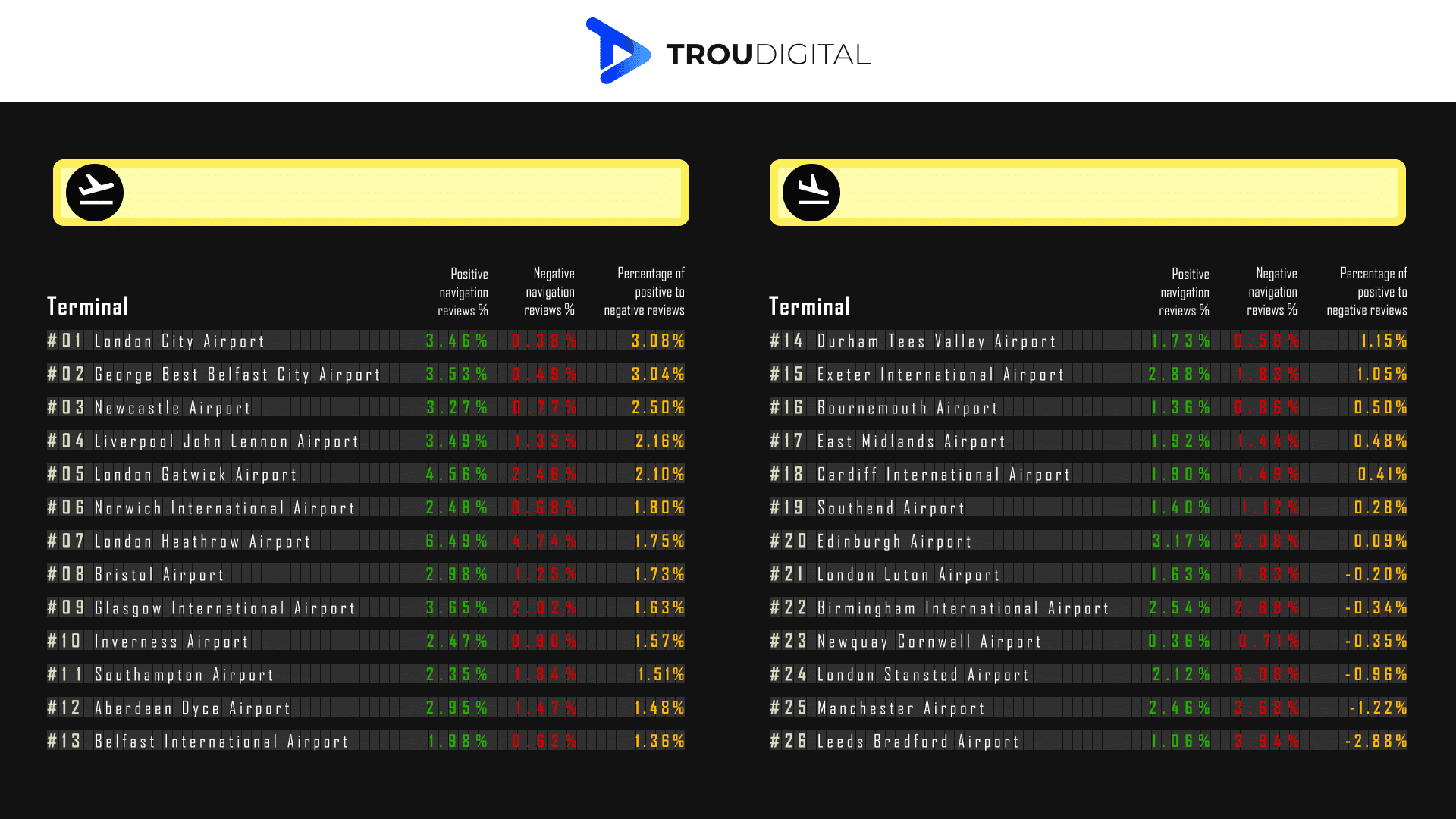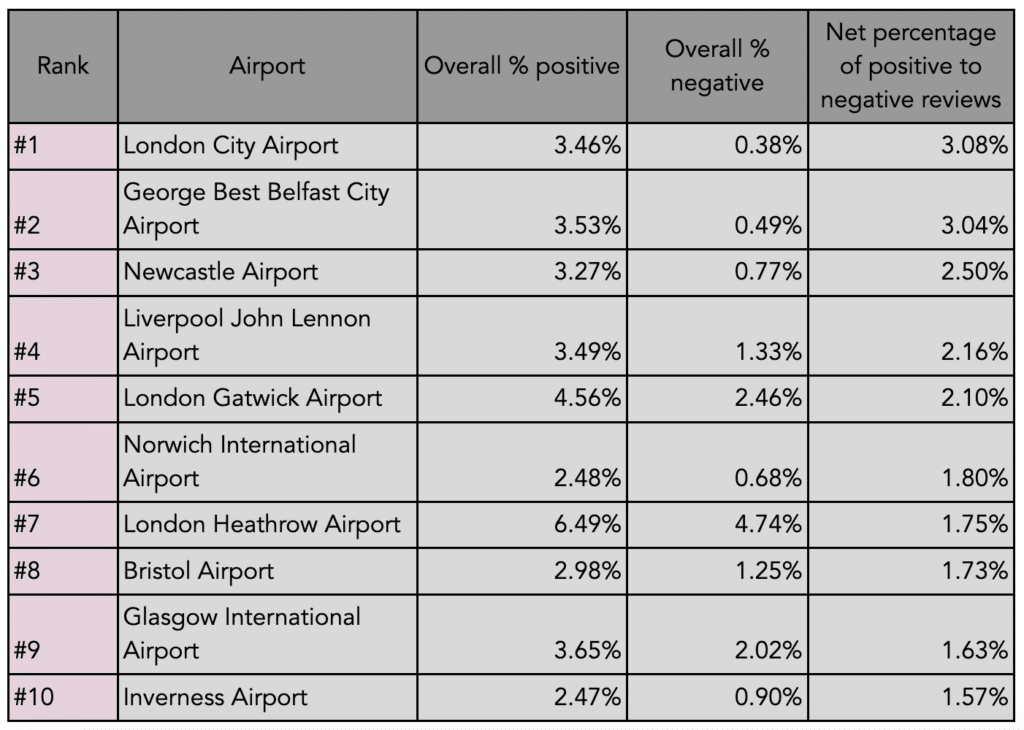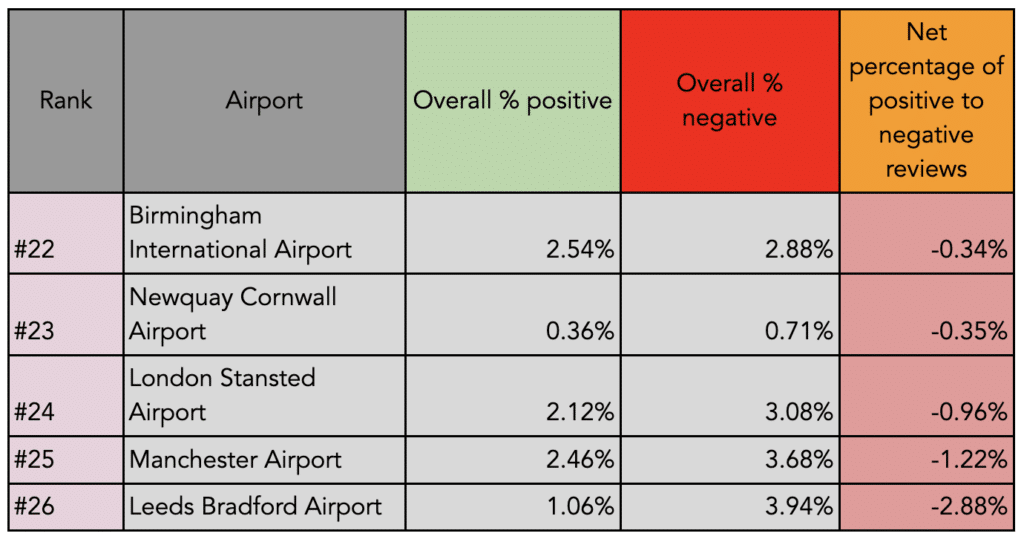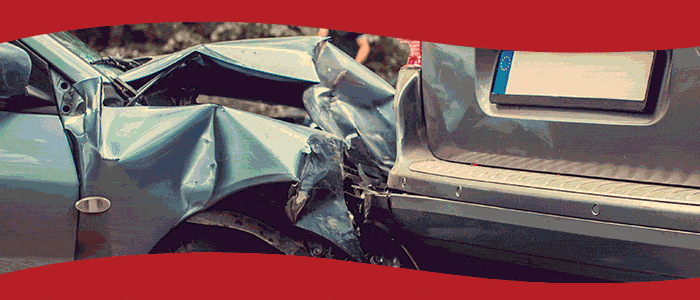According to Statista, in 2022 UK air passenger numbers stood at 224 million, over 75% of that seen in 2019. In 2023, experts believe that the passenger count will hit pre-pandemic levels, with figures expected to eclipse 2019 levels within the next five to ten years.
With an increase in passenger numbers comes a new pressure: can the UK’s airports deal with the expected influx of travellers? IBIS World reveals that UK air travel is a huge business, valued at over £24 billion in 2022, and as such it’s vital that airport efficiency continues to improve. As such, airport operators will continue to seek new and innovative ways to make the passenger experience more competent and comfortable.
One way airports can address passenger flow is by the use of signage. In both traditional and digital formats, signage directs passengers through the often-complex labyrinthine buildings airports have, with the intention of getting people airside in the most effective and stress-free way possible. This isn’t always successful, however: a 2019 Priority Pass study indicated that over half (57%) of British air travellers were stressed about missing their gate when going through the airport, highlighting just how important effective navigation and signage are to air travellers.
With this in mind, we sought to establish the easiest UK airports to navigate. We did this by analysing Google Reviews of all UK airports, examining each one to find key phrases around navigation. These included things like ‘good signage’, ‘easy to find’, ‘easy to get around’, and many more, with this process repeated for similar negative phrases such as ‘hard to get around’.
Advertisement

The 10 easiest UK airports to navigate
After a weighted percentage was attributed to each airport’s score, one of the UK’s smallest airports earned positive reviews through its ease of access.

London City Airport takes the top spot in the list of easiest UK airports to navigate. 3.46% of all reviews were positive about the layout and signage of London City, with just 0.38% feeling negatively about their experience getting around the airport. Combined, the airport’s reviews regarding navigation are overwhelmingly positive, at 3.08%. The airport saw just 2.99 million passengers flying in 2022, 1.2% of the UK’s overall figure. However, reviewers found the airport easy to navigate and find, which is what ranks the airport so highly in the data.
In a very close second, Northern Ireland’s George Best Belfast City Airport scores sees a final score of 3.04%. The Google reviews saw a higher quantity of positive reviews, at 3.53%. However, 0.49% felt the airport was hard to navigate, and so the airport ranks second. The airport opened in 1983, serving primarily UK destinations, and won plaudits in 2022 for its rapid security processing time of just 13 minutes.
Third place goes to Newcastle Airport, with the Tyneside transport hub earning a net average score of 2.50%. This indicates a high rate of overall satisfaction with passengers regarding navigation and signage within the airport. The airport got a slightly lower positive ranking than that of 4th place Liverpool John Lennon, earning 3.27% wherein the Liverpool airport gets 3.49%. However, Newcastle has a substantially lower negative count than that of its Northern counterpart, at 0.77% in comparison to Liverpool’s 1.33%. Therefore, Newcastle airport ranks 3rd, with Liverpool closely following behind in 4th.
Ranking 5th was London Gatwick (LGW). The south London port sees the most yearly travellers out of the top five, with a remarkable 32.9 million fliers alone in 2022. It also takes the top spot as ‘Europe’s busiest single-runway airport’. This runway restriction seems to have had no negative impact on the passenger experience, with passengers indicating it’s one of the top London-based airports to navigate and find. Overall it gained a navigation score of 2.10%, just 0.06% away from Liverpool John Lennon Airport. The data reveals that 4.56% of reviews were positive about LGW’s layout and signage, but 2.46% were critical, meaning the airport ranks in 5th place.
The UK’s busiest airport, London Heathrow, ranks 7th on the list. 6.49% of all reviews analysed featured commendation for the airport’s design and ease of navigation; however, 4.74% stated they felt it was hard to find and equally challenging to get around. Thus, the UK’s busiest airport scores 1.75%. However, it’s worth noting that the airport fields over 60 million air travellers per year, the highest number in the UK and the second busiest airport in all of Europe (after Turkey’s Istanbul airport). Keeping that many passengers moving efficiently through the airport is a monumental task, and the high number of complimentary reviews regarding airport navigation indicates the airport is on the right track.
Out of the top 10 UK airports by navigation score, Inverness finishes 10th. The airport, nestled far north of the Cairngorms, sees a relatively low positive navigation review score of 2.47%, almost 1.2% less than that of fellow Scottish airport Glasgow. However, only 0.90% of all reviews contained criticism towards the navigation and signage in the airport, meaning the overall score is 1.57%. 9th place Glasgow saw a huge 2.02% of all reviews indicating that getting around the airport is challenging, with the airport’s final score being 1.63%.
The 5 UK airports passengers struggle to navigate

In 22nd place, Birmingham International Airport has relatively high positive reviews regarding navigation, with 2.54% believing the airport is easy to get around. However, 2.88% of reviews analysed showed negative sentiment towards the layout of the airport, meaning the overall score for BHX is -0.34%, just 0.01% ahead of Newquay Cornwall Airport (0.35%).
Advertisement
Stansted, based in Essex, is the only London-aligned airport to feature in the bottom five of the list. Just 2.12% of reviewers were complimentary of the airline’s layout and ease of navigation, whereas 3.08% were critical of the above. Overall, Stansted finishes with a score of -0.96%. The airport plans to expand its main hall by 16,000 sq m, with the plans having now been officially approved by the UK’s Planning Inspectorate. The expansion may help increase efficiency and ease of access going forward, once the building opens.
In last place, and ranked Britain’s most challenging airport to get around, is Leeds Bradford. Just 1.06% of all reviewers believed the airport was easy to navigate, with good signage, whilst 3.94% took to Google to criticise the airport’s perceived difficulty in getting around. Overall, this means a final score of -2.88% when data was combined. This is a margin of -1.66% to the penultimate airport in the last (Manchester Airport) which is one of the largest gulfs in review score seen in the data.
How can airports improve signage?
Aside from standard safety signs, such as emergency exits and fire escapes, UK airports employ their own style of signage, with some working to better effect than others. So how can an airport improve its signage?
Keep posters and signage universal
With airports like Heathrow serving 224 destinations in 82 different countries, the flow of international travellers is extremely high. Keeping signs as language-free as possible may help make the airport experience more efficient for travellers and staff alike. Consider using more gestures or icons to illustrate meaning.
Go digital
In a modern airport, having digital signage should be seen as a priority. For example, all languages of served destinations can be uploaded to a digital system, meaning passengers interacting with maps and other services can select their chosen language, for personal preference. This will help eliminate passengers getting lost, or struggling to comprehend the traditional signs throughout the airport.
An added bonus of digital signage is the reduction in costs of changing the poster, as multiple can be uploaded to the system. A dedicated UI can further help passengers on their journey too.
Invest in QR codes
For passengers in a rush, having the ability to scan a QR code and download a map of the airport, including various highlighted services such as shops, bathrooms, and faith rooms, may prove invaluable. This is especially true of airports which boast huge floor spaces, and satellite terminals connected by rail or tunnels. If connection time is tight, having the map downloaded may be the difference between making or missing the flight.
Advertisement



















